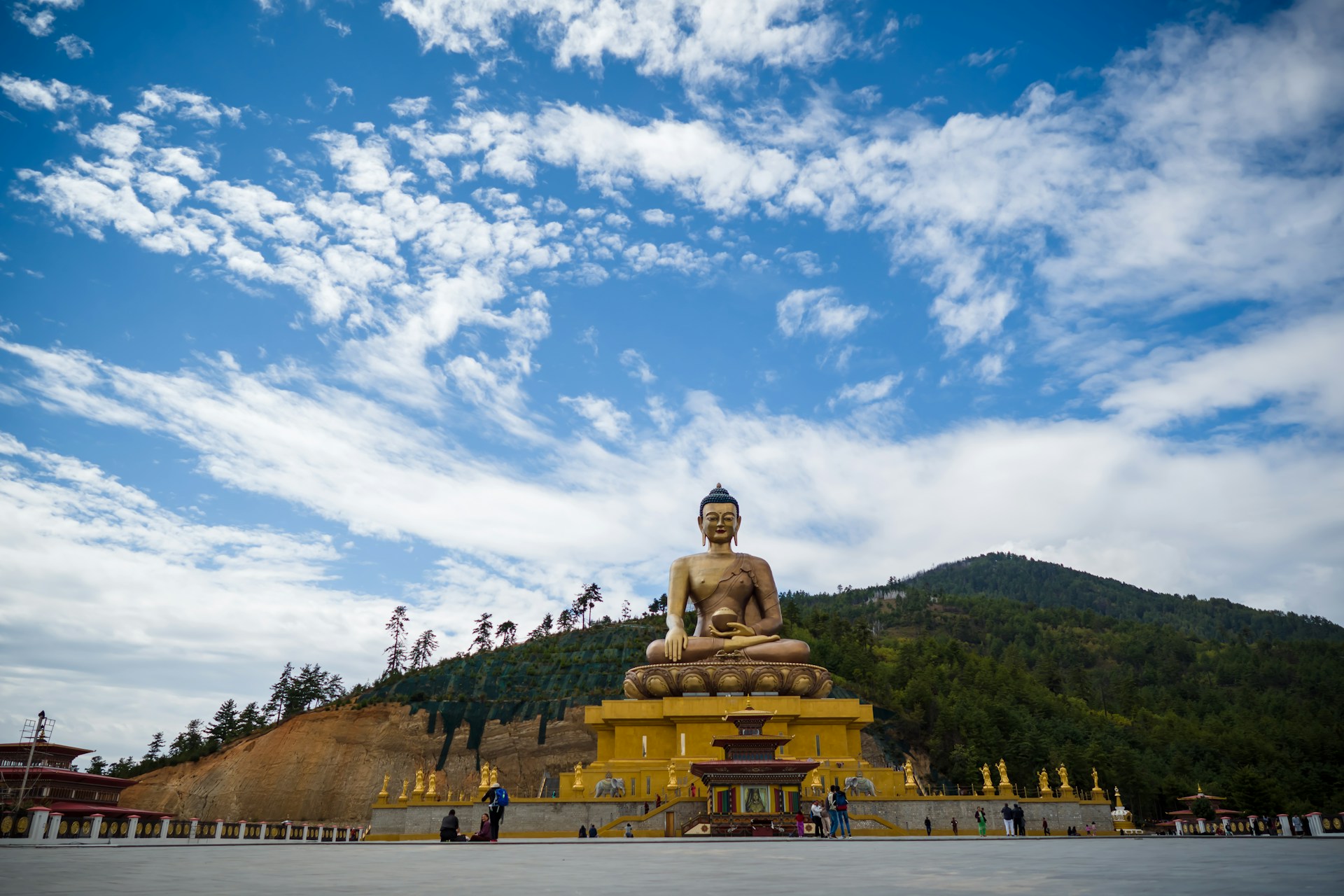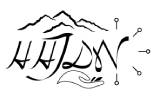A small nation in Eastern Himalayas, Bhutan is a veritable gold mine of stunning scenery, a wonderful custom and a rich cultural heritage. With its untamed mountains, vast forests, and beautiful valleys, Bhutan - shares the border with India and Tibet and it is a popular vacation destination for those who enjoy the nature, adventure, and culture. Bhutan's distinctive tourism strategy, which prioritizes high-value, low-impact travel, guarantees the enjoyment of tourists while protecting its pristine environment and rich cultural legacy.
For travellers looking for a blend of adventure, culture and nature, Bhutan is a haven as well as for the people who seeks spirituality and peace of mind. The nation provides a variety of tour options such as nature, adventure, and cultural trips. Adventure excursions provide hiking, trekking, and archery activities, cultural tours give visitors the chance to see temples, lively festivals and historic monasteries. Tourist or visitors can explore various flora and wildlife of Bhutan's clear and fresh wilderness on nature excursions, while pilgrimage tours allow tourist to visit holy locations like Paro Taktsang (Tiger's Nest Monastery) and Jakar Dzong.
TOURISM POLICY IN BHUTAN
Bhutan's high - value, low - impact tourism policy includes the SDF in order to save the country's ecology and indigenous populations.
It costs INR 1,200 per person, per night, for Indian tourist. Children under the age of five are exempt from SDF, while those between the ages ok six to twelve pay halves of the SDF. An entry permit, which can be obtained online or in person, is required in place of a visa.
A higher SDF of USD 200 per person, every day, is required of foreigners. In order to enter Bhutan, foreign visitors must get an entry permit (except for those from Bangladesh, India, and the Maldives) as well as must have a prearranged visa, a passport that is valid for at least six months, and the Sustainable Development Fee, which is presently $100 per person, per night in order to enter Bhutan. Prior to your trip, a registered Bhutanese tour operator or partner processes your visa application, and you will receive a visa clearance letter for entry and travel. All foreigners are required to enter through authorised entry points, which includes landing at Phuentsholing, Gelephu, or Samdrup Jongkhar after flying into Paro Airport. Before your journey, you can apply online for your permit, or you can get it when you get to Bhutan.
INDIA-BHUTAN RELATION
Indian and Bhutan have a long-standing relationship that is based on shared geographical, historical, and cultural characteristics. Mutual trust, cooperation, and shared ideals define the special relationship between two nations
Historical Context: The 1949 Indo-Bhutan Treaty of peace and friendship establishment the framework for bilateral ties by encouraging collaboration and non-interference. In 2007, the treaty was renegotiated, giving Bhutan greater foreign policy autonomy.
Economic Corporation: India has made large investments in Bhutan's hydroelectric project, which have generated income for Bhutan while supplying India with clean energy. Duty free commerce and transit of Bhutanese products to third nations are made possible by a free trade agreement and transit protocols. India has been an essential partner in Bhutan's growth, especially in the areas of infrastructure, healthcare, and education.
Defence Cooperation: An important component of their strategic alliances is the Indian military's protection of Bhutan against both internal and external threats.
Cultural Ties: Buddhism unites the two nations via shared beliefs, and many Bhutanese pilgrims travel to India to visit Buddhist Temples.
AIRPORTS AND ROADYAYS
About 8000 kilometres with highways and four airports, three of which are active and connected and they are used for transportation in Bhutan. The only airports that can handle international aircrafts is Paro Airport. There are no ports because Bhutan is a landlocked nation without any significant rivers and there are no railways, though one is planned.
The majority of Bhutan's road are twisting and steep, requiring careful driving due to the country's hilly topography. Distance may take longer to travel then they do on a map.
Major cities including Thimphu, Paro, and Phuentsholing are connected by buses.
BEST TIME TO VISIT BHUTAN
The idea time to visit Bhutan is determined by individual interest and preferences. Spring, summer, fall, and winter. While autumn brings beautiful skies and pleasant temperature, spring is a wonderful time to witness blossoming flowers and take part in colourful celebration. Winter is the best season for anyone who like colder temperature and sporadic snowfall, while summer can be hot and muggy but is also excellent time for tracking and hiking. Due to Bhutan's emphasis on high-value low-impact travel, the cost of the trip can change based on the time of year.
Bhutan is known as a Land of a Thunder Dragon, is one of the most sought-after tourist destinations that offers breathtaking landscapes, rich culture and spiritual experiences. All season gives the different beauty to Bhutan and each season brings the different experiences and beauty to those who visits.
PLACES TO VISIT IN BHUTAN
The closest tourist destinations in Bhutan are Punakha, and Paro. The famed Paro Taktsang (Tiger's Nest Monastery), picturesque valley, and historic monasteries are the main draws of Paro. The capital city of has Thimphu has a variety of lodging choices, restaurants and retail malls. Known for its scenic beauty, historic monasteries, and lively culture, Pari is a little town to Paro Airport.
Bhutan provides a distinctive homestay experience that lets guests fully engage with the customs and culture of the area. Through homestays, visitors may engage with local families, savour traditional Bhutanese food, and take part in community events.
BUDGET AND ESTIMATED COSTS
A budget trip to Bhutan from India should cost between ?30,000 and ?70,000 per person for four to six days including airfare, lodging, meals and transportation. In contrast a trip from another country can cost between USD $950 and USD $1,500+ per person for the same length of time because non-Indian visitors must pay a $100 Sustainable Development Fee per person per night.
CUISINES IN BHUTAN
Red rice, jalapeno pepper, and cheese particularly Ema Datshi, the nation dish as well as buckwheat and maize are key ingredients in Bhutanese cuisine. A variety of vegetarian and non-vegetarian cuisines are served, and frequent meat includes chicken, beef, and pork. Popular foods include buckwheat noodles called pura, dumplings called momo, and spicy stews such as Ema Datshi, Phaksha paa (pork with chillis), and Jasha Maru.
MEDICAL SUPPLIES
Paro the Jigme Dorji Wangchuck National Referral Hospital in Thimphu is one of the Bhutan's several hospitals and health facilities in case of emergency. This hospital provides a Verity of medical services, such as emergency case surgery, and specialist treatments.
Conclusion
Bhutan is a unique and fascinating country which makes Bhutan a beautiful destination that offers mix culture and senses of clean nature. With its commitment to sustainable tourism and preservation of its rich culture heritage, Bhutan is an ideal destination for tourist seeking a holistic experience. Whether you are interested in exploring ancient monasteries, trekking, through pristine wilderness or immersing yourself in local culture heritage, Bhutan has all the things to offer you.
Bhutan's dictation to Gross National Happiness, which places a higher priority on well-being and sustainable development than economic progress, is one of its distinctive selling factors. This strategy has preserved Bhutan's colourful customs, clean environment, and rich culture, making it a desirable destination for those looking for a well-rounded experience.
To know more about travel and tourism and want us to plan your best travel experience with us call or WhatsApp at +91-9733533000 or you can visit https://www.marinetoalpine.com


